It’s very common for photography newcomers or veterans to encounter question marks about camera lenses and focal lengths. In this blog entry I’ll break down the meaning of camera lens mm and I will provide insights, on how focal length plays an important role in shaping your photographic outcomes.
What Does MM Mean in Camera Lenses?
MM on a camera lens stands for millimeters (metric system). Millimeters determine the focal length that will regulate how much is possible to see in the frame and how large or small a subject is going to appear in the composition. MM camera focal length determines magnification levels and field of view.
Prime Lenses: My Trusted Focal Lengths
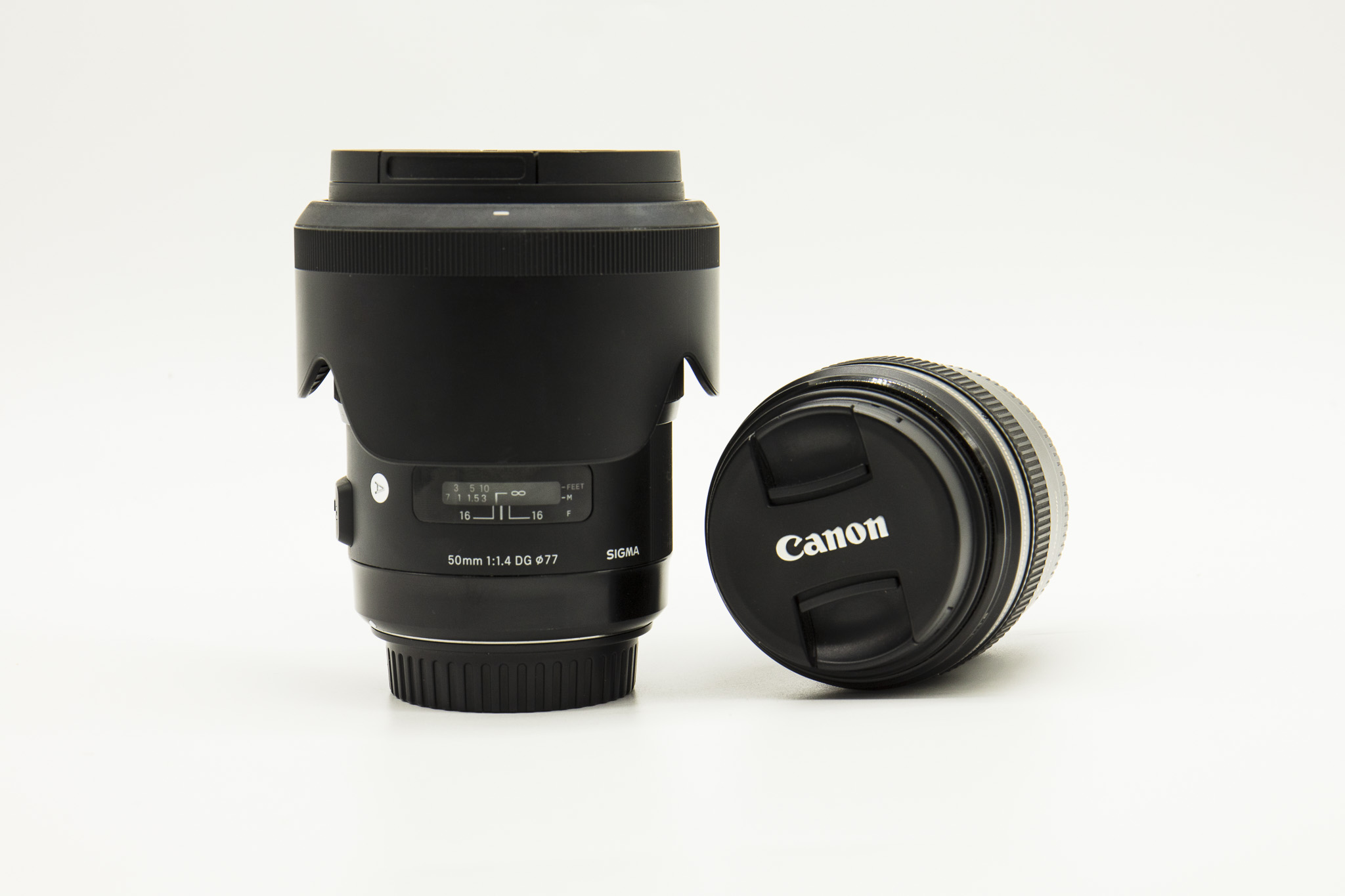
If I’m going to shoot portrait photography, two prime lenses are coming with me: the 50mm and the 85mm. The 50mm lens is also know as the “nifty fifty” and it can be easily found in many photographers bags. The reason why.. is because it offers incredible versatility with a perspective that is very close to what our eyes see. A 50mm focal length is definitely what I would choose if I want to capture a subject while maintaining a good sense of context. With low aperture, a nifty fifty will also deliver a pleasant background blur.
Because the flattering compression and the beautiful dreamy bokeh, I find the 85mm a very elegant lens. Another strong point in favor of this focal length is the ability to isolate the subject from the backdrop producing an artistic effect.
Travel Photography: Adapting to The Adventure

The two zoom lenses in the picture above are my dear fellow travelers. The 24-70mm and the 70-200mm are two focal lengths that come handy when facing the unexpected. The 24-70mm is a very practical and lightweight amazing lens, definitely an essential in my camera bag. Because its flexibility, I actually use this lens in various scenarios, including studio and products photography.
When I want to capture a distant subject without affecting clarity and details, I use the 70-200mm telephoto lens. This focal length allows me to add more emphasis on the main visual element. It offers an ideal focal range for compressing perspectives when shooting landscape photography.
Prime or Zoom
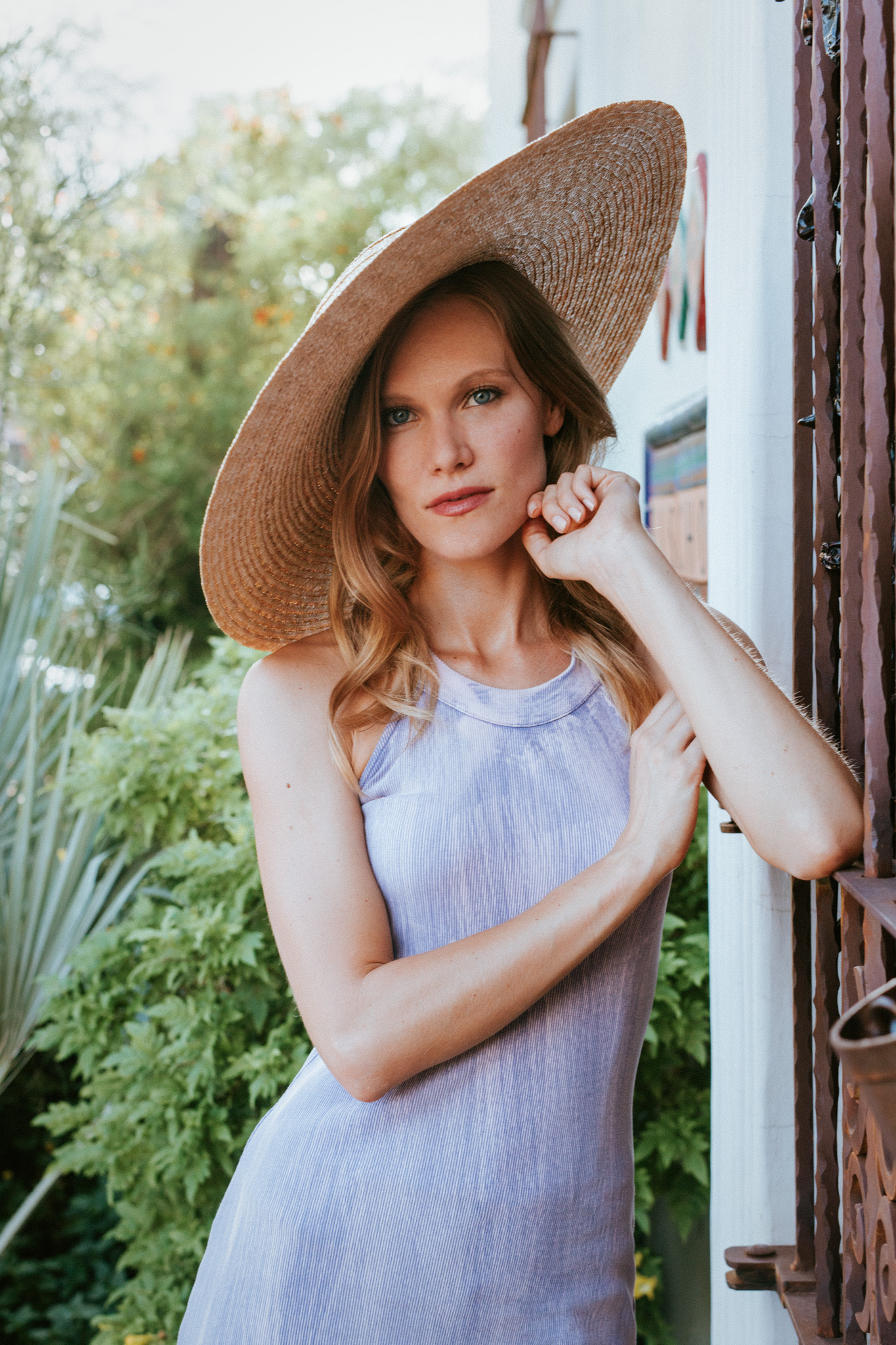
As a Canon DSLR photographer, I’ve experienced both prime and zoom lenses, with a various workflow, one choice doesn’t exclude the others. Prime or fixed lenses have the edge over zoom when shooting in low-light conditions, in fact they are still able to deliver sharp images at wide open apertures.
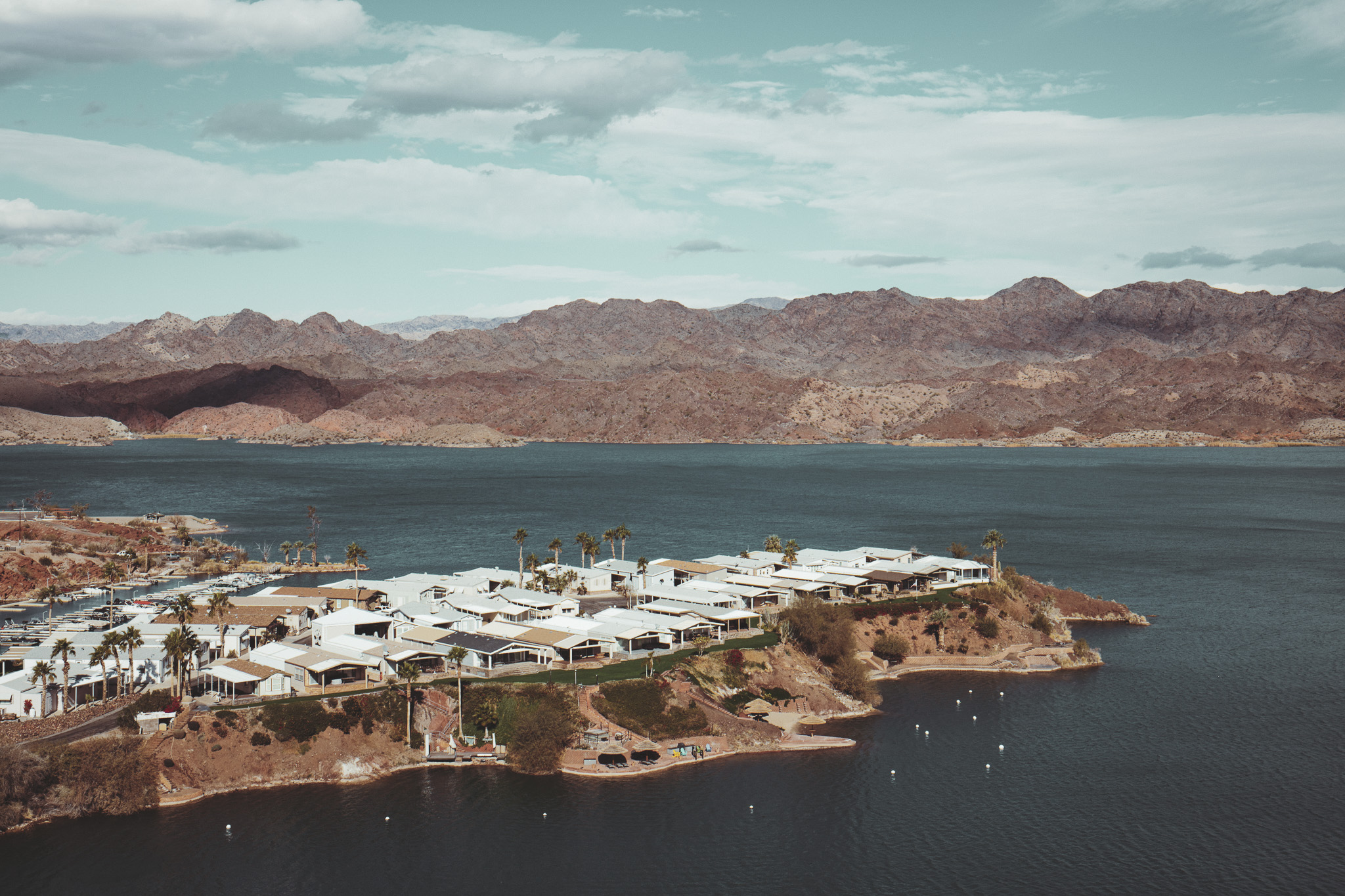
If timing is crucial, zoom lenses have the answer to a dynamic situation. When capturing a moment from an uncomfortable or unusual position, constantly changing lenses isn’t a viable option, speed and agility become key factors.
Creative Possibilities
Understanding camera lens mm is fundamental when choosing the right focal length. MM comprehension will transform your creative vision into tangible images. My top picks are the 50mm and the versatile 24-70mm. With only these two lenses in my bag, I could tackle any challenge along the way of a photographic journey.
If you are curious about photography or if you are looking to capture the spirit of your products or interested in creating an original presence for your business or personal goals, let’s connect to discuss how we can bring your idea to life.




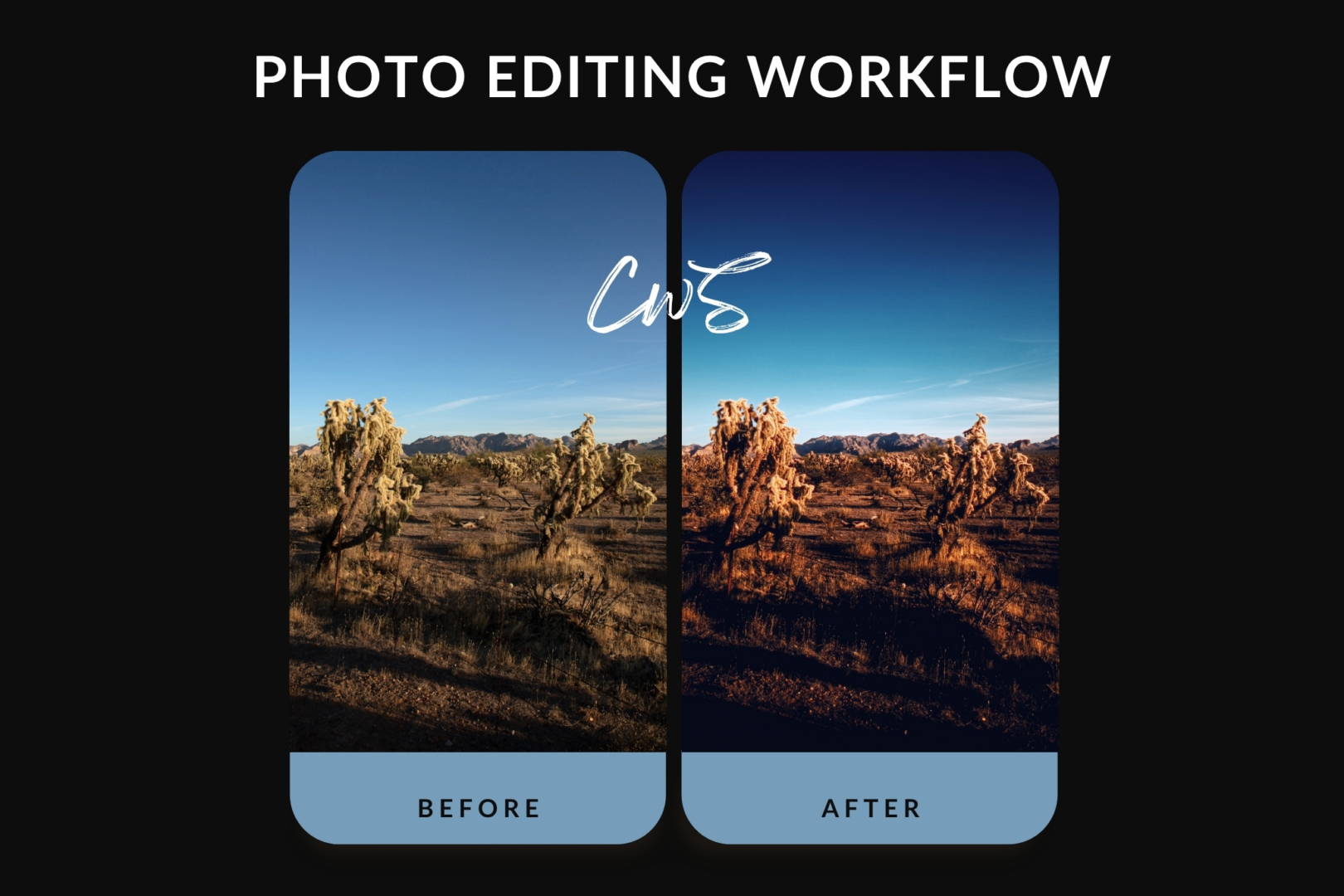
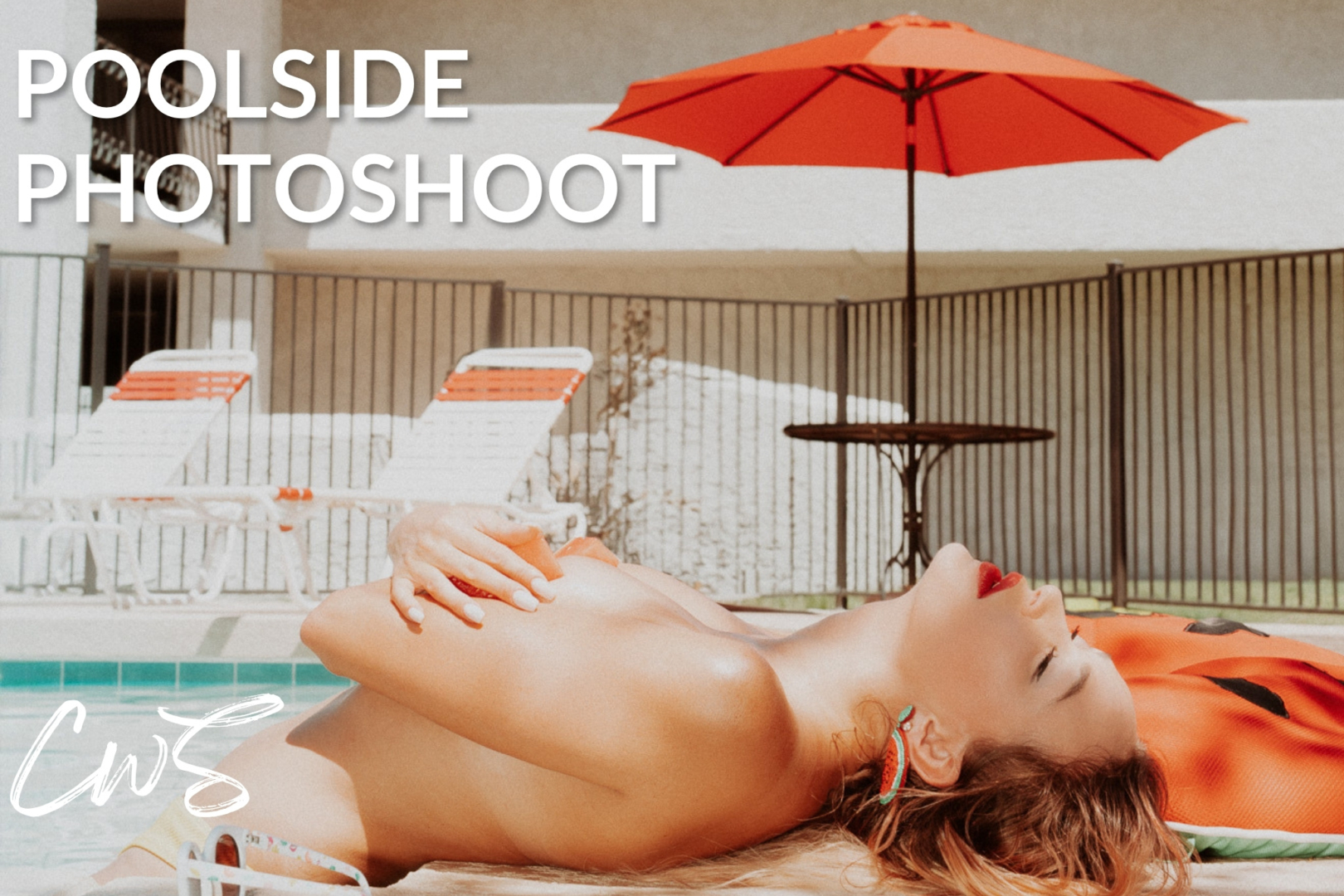


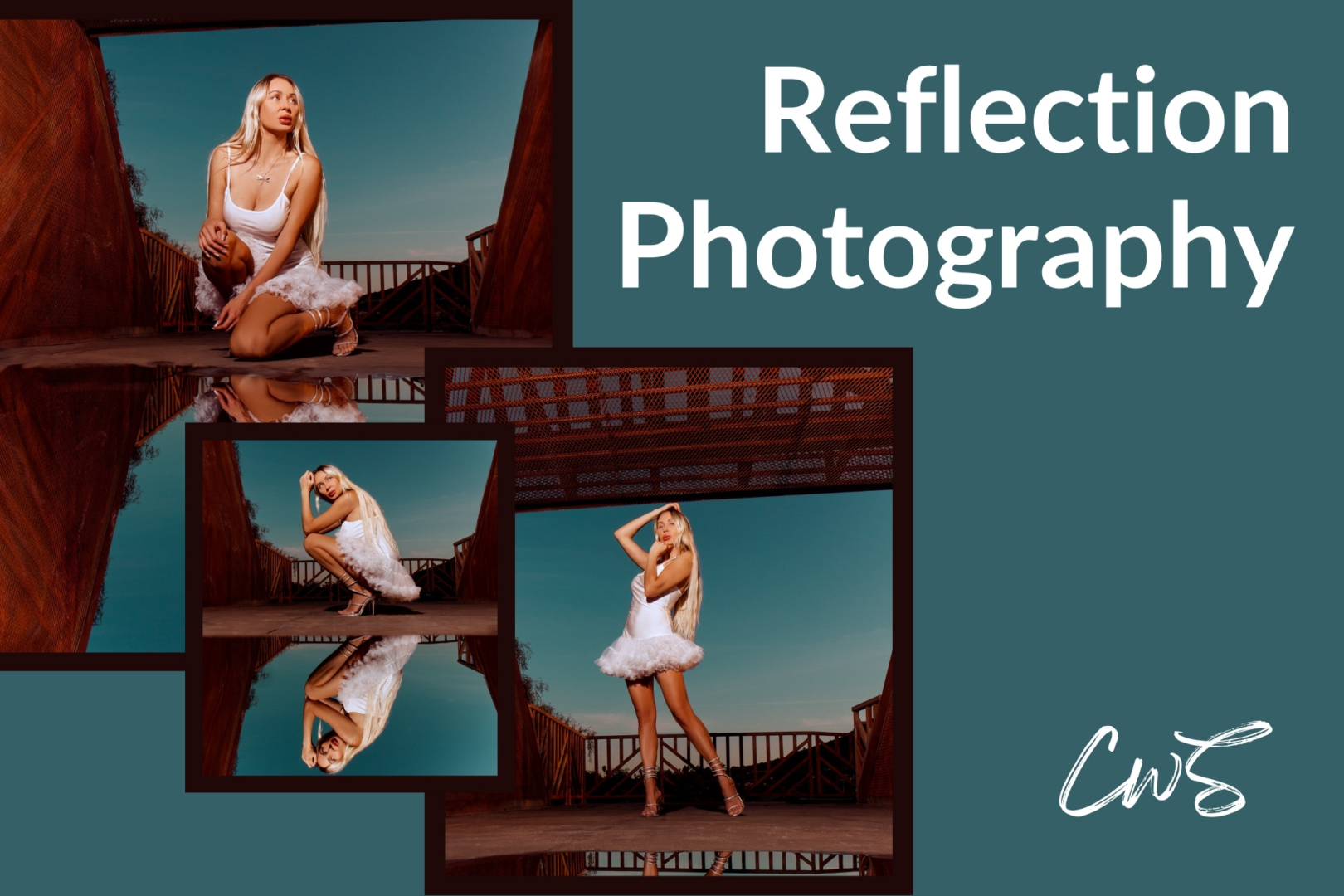



Leave a Reply